Want to know what are the largest extant birds in the world? Which is the largest flying bird in the world? Due to their heavy weight and large size, most large birds are flightless. But these are very interesting. Ostriches are the largest birds in the world in size and weight. Check out the list of top 10 biggest extant birds in the world. (flying and flightless)
10. Dalmatian Pelicans: 15 kg
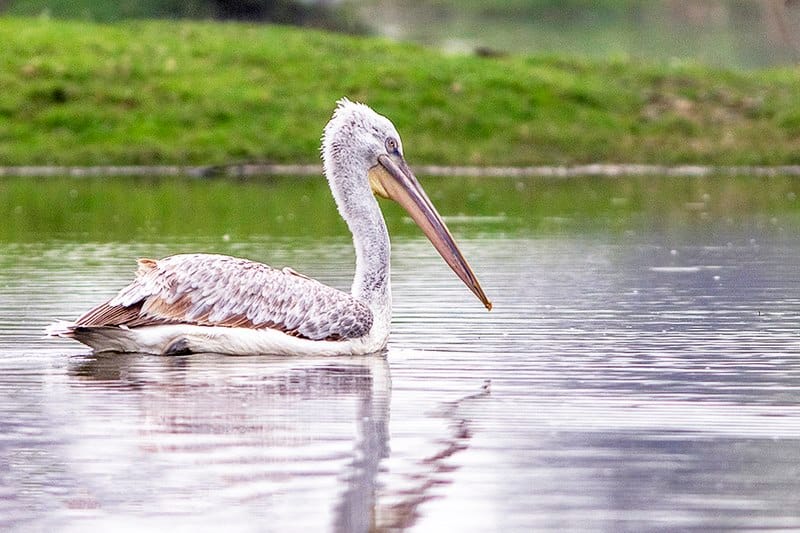
- Maximum weight: 15 kg (33.1 lb)
The Dalmatian pelican (Pelecanus crispus) is one of the largest flying bird in the world. They are native to Europe and South Asia. Dalmatian pelicans are mainly found in lakes, rivers, deltas and estuaries.
Their average weight is 11.5 kg and length is 183 cm. Like other pelicans, males are larger than females, and their diet consists mainly of fish, they eat up to 2 kg of fish daily, including catfish, eels and European perch. Also, this bird is the largest of all pelican species and one of the largest living flying bird species.
See Also: Fastest Animals in the World
09. Wandering Albatrosses: 16.1 kg
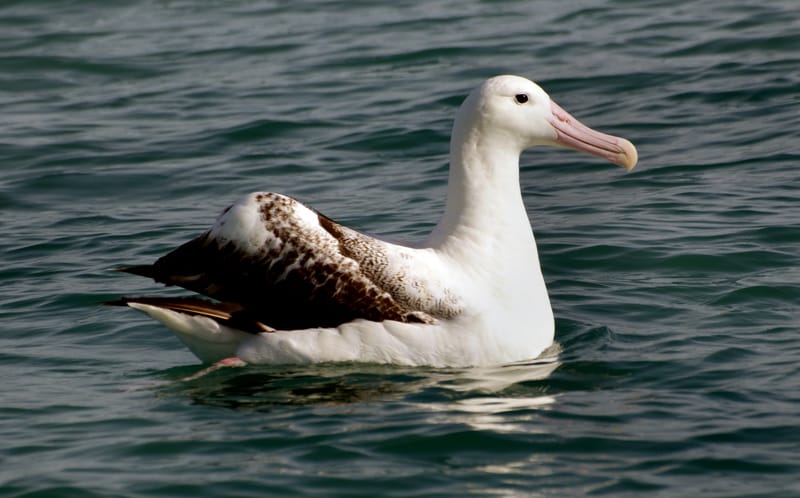
- Maximum weight: 16.1 kg (38 lb)
The Wandering Albatrosses are a large member of the Diomedeidae family. They have the largest wingspan of any bird, being over 11 feet wide. They weigh an average of 12 kg and are about three and a half feet from bill to tail.
Interestingly, this species is known to orbit the Southern Ocean three times every year. Wandering albatrosses cover a distance of over 120,000 km in a year.
Additionally, albatrosses eat a diet of fish and squid, and sometimes fish waste left behind by fishing boats. They are known to chew so much that they sometimes have to be digested before they can fly. The Albatrosses are one of the top 10 biggest extant birds in the world.
08. Great Bustard: 21 kg
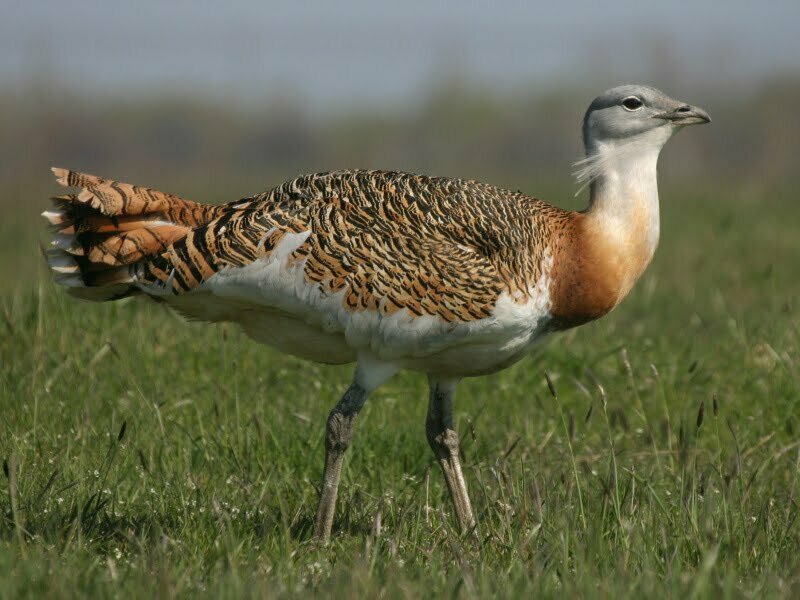
- Maximum weight: 21 kg ( 46 lb)
The Great Bustard, the eighth largest bird, is a bird of the bustard family, the only member of the genus Otis. About 60% of the world’s population of the Great Bustard is in Portugal and Spain. It breeds in open grassland and farmland from northern Morocco, south and central Europe to temperate central and eastern Asia.
European populations are mainly resident, but Asian populations migrate south in winter. It has been listed as Vulnerable on the IUCN Red List since 1996.
It became extinct in Great Britain when the last bird was shot in 1832. Recent attempts to reintroduce it to England have met with some success and there is a population of 40 birds at Salisbury Plain, a British Army training area. Here the lack of public access gives them the freedom they need as a large ground-nesting bird.
07. Mute Swans: 23 kg
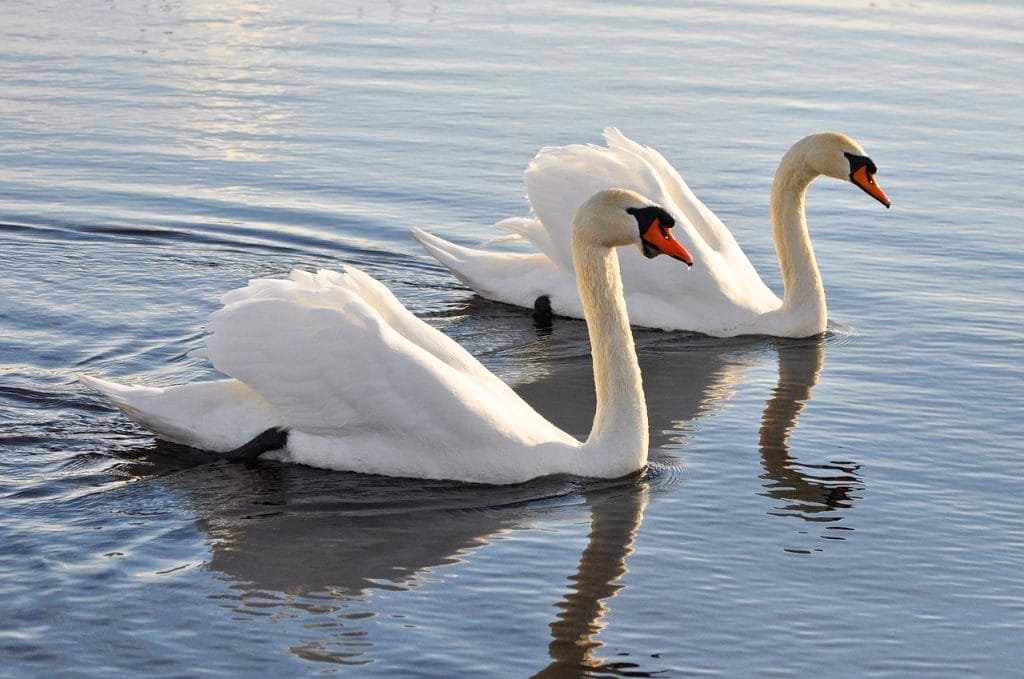
- Maximum weight: 23 kg (51 lb)
The Mute Swans (Cygnus olor) are the world’s heaviest waterfowl, with an average weight of 11.87 kg. Its average length is 125 to 170 cm. Its name “mute” derives from being less vocal than other species of goose.
Additionally, this large swan is completely white with a black beak, which is recognizable by its clear knob. Most mute swans are native to Euro Siberia, and are an introduced species in North America.
They feed mainly on aquatic vegetation, mollusks, small fish, frogs and insects. Also, the mute swan is the second largest flying bird and seventh largest bird in the world.
06. Wild Turkeys: 39 kg
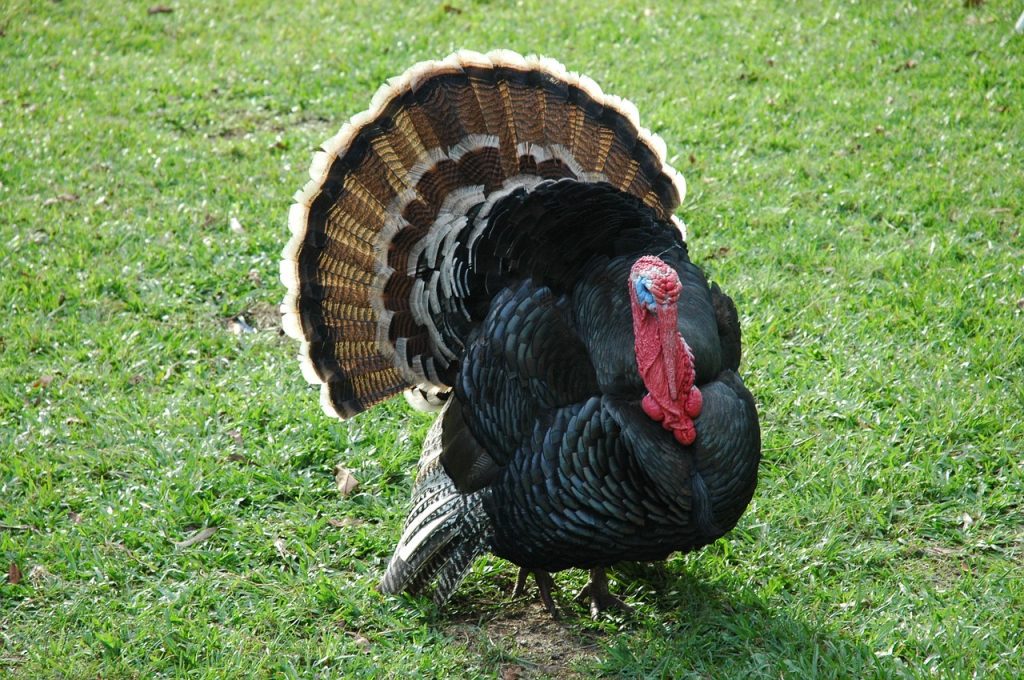
- Maximum weight: 39 kg (86 lb)
The Wild Turkeys (Meleagris gallopavo) are one of the top 10 biggest extant birds in the world. This species is capable of flying, and is the largest flying bird in the world. Their average weight is 13.5 kg and length is 124 cm. It is native to America. In addition, adult wild turkeys have long reddish-yellow to brownish-green legs.
Their feathers are generally black and dark in colour. Additionally, male turkeys have a long, dark, fan-shaped tail and shiny bronze feathers. Turkeys mainly eat a variety of seeds, berries, juniper, bearberry, buds, leaves, ferns, roots, nuts and other hard mastic. Also, it sometimes feeds on small reptiles such as salamanders, lizards, small snakes, and poultry.
See Also: Most Beautiful Animals In The World
05. Greater Rheas: 40 kg
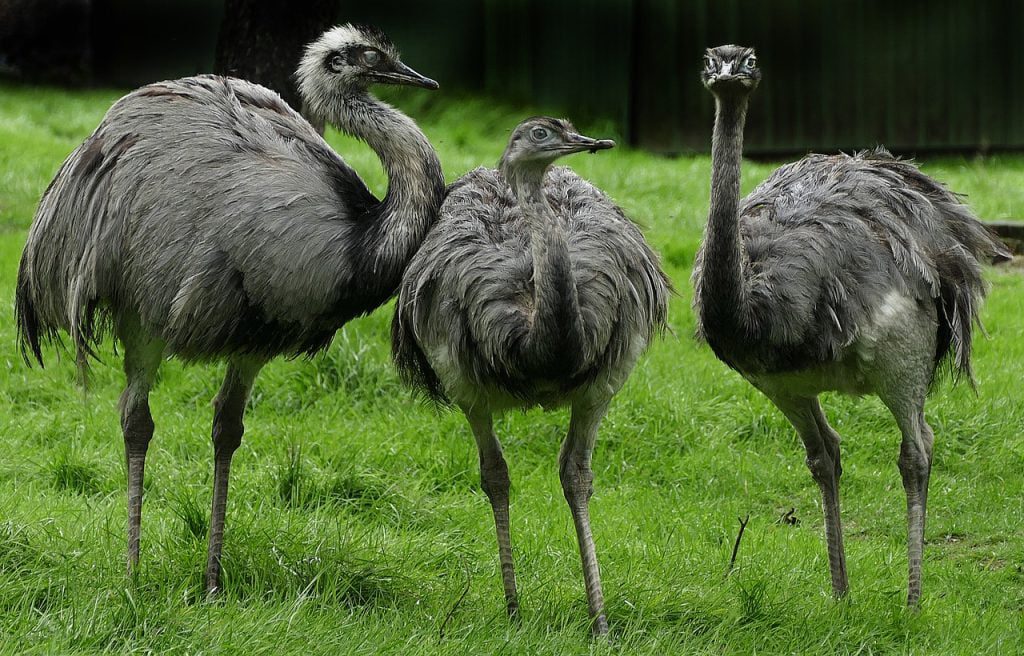
- Maximum weight: 40 kg (88 lb)
The Greater Rheas (Rhia americana) are native to South America. It is mainly found in Argentina, Bolivia, Brazil, Paraguay and Uruguay. Also, the Rheas are the largest birds in South America and the fifth largest in the world. Their average weight is 23 to 40 kg and length is 134 cm. Their diet includes insects, lizards and small birds.
A small population of the Rhine has established itself in Germany, with a population of about 250 birds that are considered domestic. The life expectancy of the Greater Rias is 10.5 years.
04. Emperor Penguins: 46 kg
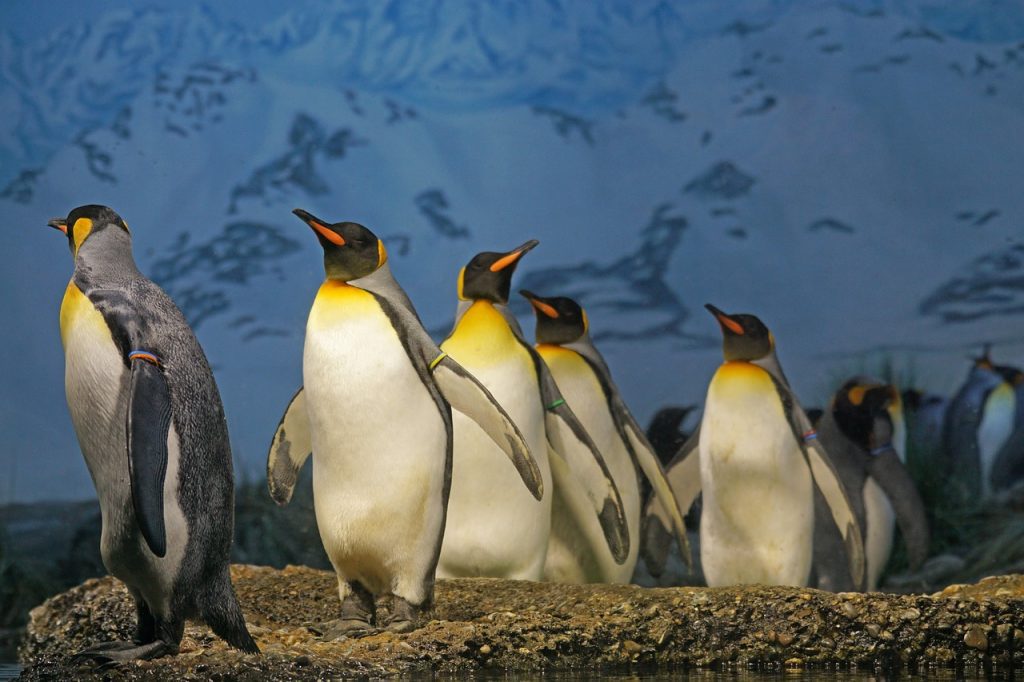
- Maximum weight: 46 kg (100 lb)
The Emperor Penguins (Aptenodytes forsteri) are the fourth largest bird in the world. It is the tallest and heaviest of all living penguin species, and is native to Antarctica. It reaches 100 cm in length and weighs from 22 to 46 kg. In addition, penguins feed mainly on fish, squid and krill, traveling many kilometers in search of food.
When hunting, it can remain submerged for about 20 minutes, diving to a depth of 535 meters. Additionally, the emperor penguin’s head and back feathers are clearly delineated by black-and-white belly, pale-yellow breasts and bright-yellow ear patches.
03. Emus: 70 kg
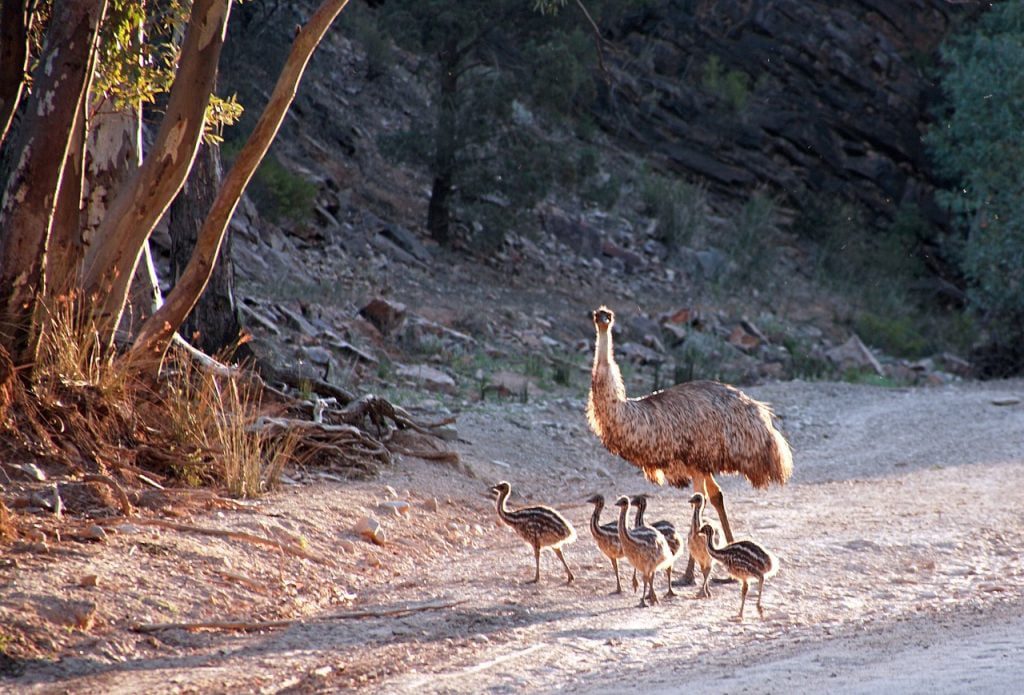
- Maximum weight: 70 kg (150 lb)
The Emus (Dromaius novaehollandiae) are the second tallest living birds after the ostriches, normally measuring 153 cm tall. Their weight is 33 kg to 70 kg. It is native to Australia, and is the largest native bird here. Female emus are usually slightly larger than males, and have a much wider rump.
Emus can run at a speed of 50 kilometer per hour when required. They have only 3 toes and a small number of bones and leg muscles. They feed on a variety of plants and insects, and can go weeks without food. The Emus are one of the top 10 gest extant birds in the world.
02. Cassowaries: 85 kg
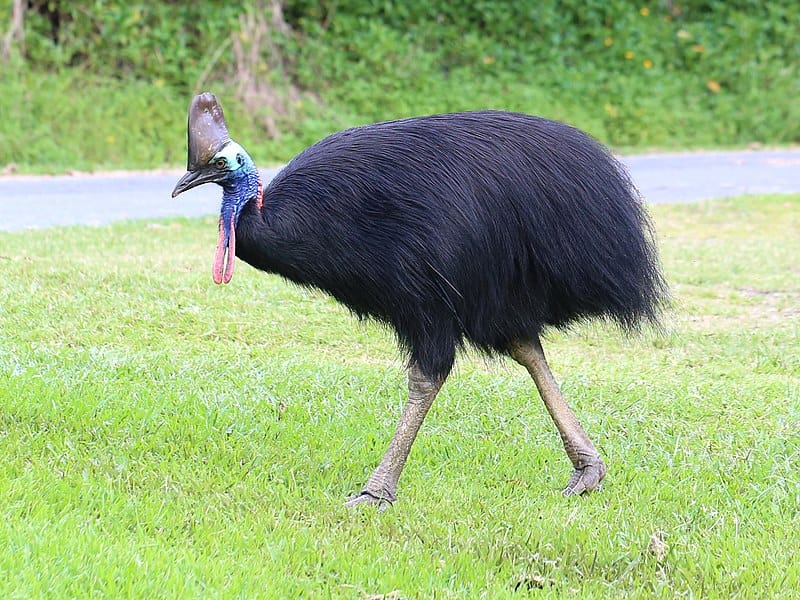
- Maximum weight: 85 kg (190 lb)
The Cassowaries are birds of the Casuariidae family, which have 3 species. The most common are southern cassowaries, the second heaviest and third longest living birds in the world. Moreover, their normal weight is 40 kg to 85, and the normal length is 146 cm. Cassowaries are commonly found in Indonesia, Papua New Guinea and northeastern Australia.
The Cassowaries prefer fruit, but also eat small vertebrates, invertebrates, fungi, carrion, and plants. They eat more than 200 species of plants in their diet. In addition, the southern cassowary has shiny black plumage, a blue face and long neck, red at the cape and two red wattles about 17.8 cm long hanging around the throat.
See Also: Most Spoken Languages In The World
01. Ostriches: 104 kg
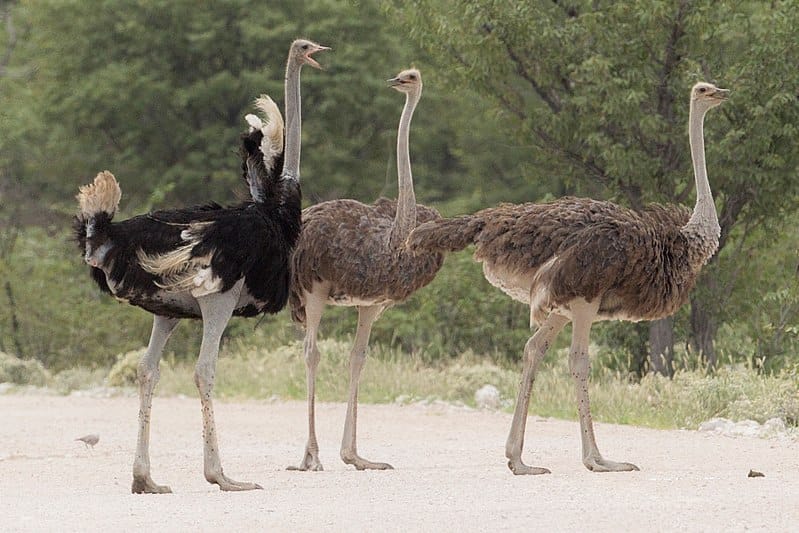
- Maximum weight: 104 kg (230 lb)
The Ostriches (Struthio camelus) are the largest birds in the world, with an average mass of 104 kg and an average length of 210 cm. In addition, it is also the world’s fastest land bird, whose speed is 70 kilometer per hour. The two living species of ostrich are the common ostrich and the Somali ostrich.
They are native to Africa, and lay the largest eggs of any living land animal. Ostriches usually eat plants, roots, and seeds, but sometimes insects, lizards, or other organisms. They mostly live in groups, ranging from 10 to 50 birds.


